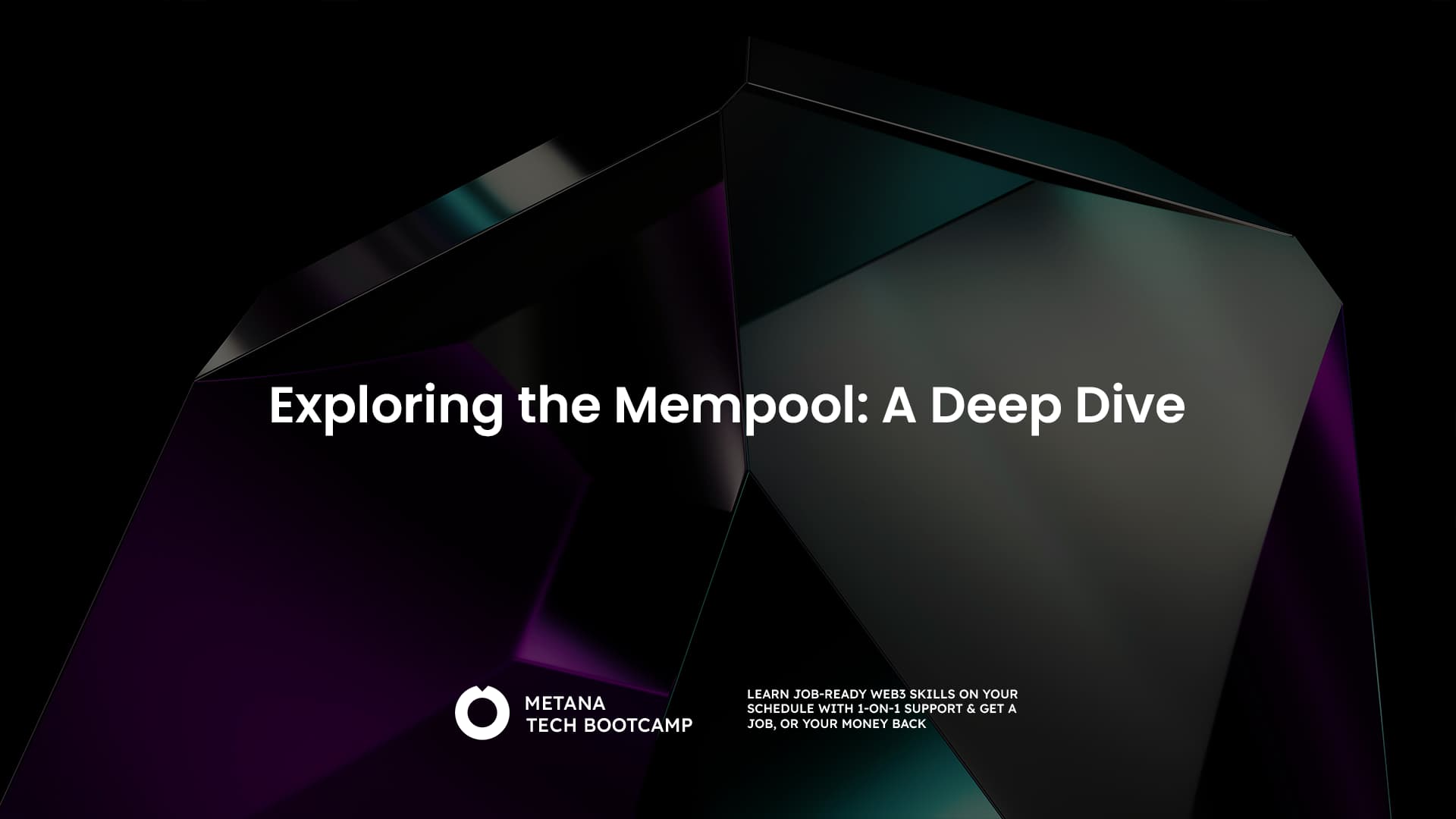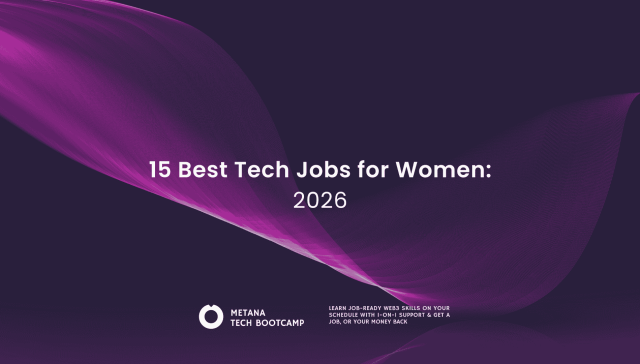Have you ever sent a cryptocurrency payment and felt like it’s taking forever to confirm? You’re not alone. Unlike swiping your debit card, crypto transactions don’t happen instantaneously. There’s a waiting room for transactions called the mempool, and understanding it can shed light on why your crypto might be taking a coffee break before reaching its destination.
The Analogy of the Mempool
The mempool acts as a staging area for transaction data, similar to a centralized hub at an airport terminal. Transactions queue up to be chosen for inclusion in a block that will transport them to their final destination within the blockchain network. Like busy airport terminals, the mempool can become crowded as transactions compete for space in each block.
Roles in the Blockchain Ecosystem
- Transactions: These are the passengers in our analogy, representing the transfer of cryptocurrency from one address to another. Each transaction carries details like sender, receiver, and amount.
- Miners: These are the pilots, working tirelessly to verify transactions and bundle them into blocks. Miners compete to solve complex puzzles, and the winner gets to add their block to the blockchain.
- Nodes: These are the air traffic controllers, constantly receiving and relaying transaction data throughout the network. They ensure all nodes have the latest information and help prevent fraudulent transactions.
The Journey of a Transaction
Transactions in the blockchain ecosystem undergo a seamless process of initiation and verification. Beginning with your transaction initiation, it is broadcasted to your crypto wallet or exchange, which then relays it to nearby nodes. This propagation across nodes ensures widespread awareness of the pending transaction.
When a node receives the transaction and verifies its validity, such as confirming sender wallet funds, it gains entry into the mempool, serving as a waiting area for unconfirmed transactions. Subsequently, miners diligently scan the mempool for transactions, prioritizing them based on factors like fees, where higher fees attract quicker inclusion in a block.
The chosen miner then selects and verifies transactions before bundling them into a new block that seamlessly integrates into the blockchain. Each block addition signifies confirmation for the transactions within, requiring a variable number of confirmations based on the specific cryptocurrency.
Factors Affecting Transaction Speed in the Mempool
- Network Congestion: Just like a crowded airport, a busy network can lead to a backed-up mempool. When there are more transactions than block space available, transactions wait longer for confirmation.
- Transaction Fees: Fees act like boarding passes. Higher fees get you on a priority flight (block) and confirm your transaction faster. Conversely, low fees might mean your transaction gets stuck in standby for a while.
- Block Size Limits: Each cryptocurrency has a predetermined block size limit. This limit restricts the number of transactions that can fit into a single block, impacting the overall transaction processing speed.
Mempool Explorers
Curious about the current state of the mempool? Several online tools, called mempool explorers, allow you to see the number of pending transactions, their associated fees, and estimated confirmation times. This information can help you decide how much fee to attach to your transaction for a desired confirmation speed.
The Ever-Evolving Mempool
Some cryptocurrencies employ dynamic fee structures. Based on network congestion, the recommended fee automatically adjusts, ensuring users understand the trade-off between cost and speed. Additionally, fee markets have emerged where users can bid on transaction fees, further influencing how quickly their transactions get confirmed.
Beyond the Basics
For more tech-savvy users, the mempool offers valuable insights. By analyzing mempool data, advanced users can:
- Predict confirmation times: By observing historical trends and current network activity, users can estimate how long their transaction might take to confirm.
- Identify arbitrage opportunities: The mempool can reveal price discrepancies between exchanges, allowing experienced traders to exploit these differences for profit.
- Track large transactions: Monitoring the mempool can help identify large transactions being broadcast, potentially signaling upcoming market movements.
Understanding Mempool prioritization
Miners do not have to include transactions in any particular order in their blocks. So, how do they determine which transactions take precedence? Here are some important factors: Transaction fees serve as an incentive for miners, with transactions having higher fees typically being included first in a market-driven system. Moreover, smaller transactions that require less processing power and space in a block may be preferred by miners. Additionally, certain cryptocurrencies allow for more complex fee structures where users can specify various fees to further incentivize miners.
The Technical Side of the Mempool
While the concept of a waiting room is helpful for visualization, the mempool is actually a complex data structure within each blockchain node. Here’s a peek under the hood:
- Mempool implementations: Different blockchains implement mempools in slightly different ways. Some might use simple queues (first-in, first-out), while others might employ more sophisticated algorithms that consider factors like transaction age, fees, and size.
- Mempool replacement: Due to network congestion or changing fee structures, transactions might be replaced in the mempool. This means a transaction with a lower fee might be bumped out by a newer transaction with a higher fee. Understanding mempool replacement behavior is crucial for advanced users managing transaction fees.
- Privacy considerations: The mempool can potentially reveal some information about transactions, such as sender and receiver addresses, transaction amounts, and even wallet balances. This raises privacy concerns for some users. Some blockchains implement techniques to obfuscate or anonymize transaction data within the mempool.
The Mempool and Scalability Challenges
As the number of cryptocurrency users grows, so does the volume of transactions. This can lead to scalability challenges for the mempool. Here are some of the consequences:
- Increased mempool size: With more transactions vying for limited block space, the mempool can become overloaded, leading to longer confirmation times and higher transaction fees.
- Transaction fee wars: In periods of high congestion, users might resort to bidding wars with ever-increasing fees to get their transactions confirmed faster. This can make the network less accessible for casual users.
Proposed Solutions for Mempool Scalability
Various strategies can be implemented to enhance mempool scalability and efficiency. These solutions may include optimizing transaction selection algorithms to prioritize high-fee transactions, implementing dynamic fee adjustments to manage congestion effectively, exploring off-chain solutions like layer 2 scaling solutions to reduce on-chain load, and continuously monitoring and adjusting mempool policies to accommodate fluctuating network demands. By employing these proposed solutions, the mempool’s capacity and performance can be enhanced to meet the evolving needs of blockchain networks.
The Future of the Mempool
The mempool is a crucial element of the blockchain ecosystem, and its evolution will likely mirror the broader development of cryptocurrencies. Here are some potential future trends:
- Dynamic fee adjustments: Mempools could become more intelligent, automatically adjusting fees based on real-time network congestion.
- Integration with DEXs (Decentralized Exchanges): DEXs could leverage mempool data to provide users with more accurate transaction fee estimates and real-time confirmation times.
- Advanced mempool analysis tools: Developers might create sophisticated tools that analyze mempool data to provide insights into network health, transaction trends, and potential security risks.
Conclusion
The mempool plays a central role in ensuring the smooth functioning of blockchain networks. So, what is exactly a Mempool?
A mempool is a collection of unconfirmed blockchain transactions waiting to be validated and included in the next block by miners or validators.
By understanding its intricacies, users can make informed decisions about transaction fees and confirmation times. As the crypto space matures, the mempool will continue to evolve, adapting to meet the demands of a growing and dynamic ecosystem. Whether you’re a casual user or a seasoned crypto enthusiast, familiarizing yourself with the mempool can empower you to navigate the world of blockchain transactions more effectively.
FAQs
What is a mempool?
- A mempool, short for memory pool, is a collection of all unconfirmed transactions on a blockchain network.
How does the mempool work?
- When a user initiates a transaction on the blockchain, it is first broadcast to the network and stored in the mempool until it is confirmed by a miner.
Why is the mempool important?
- The mempool plays a crucial role in determining which transactions get included in the next block, as miners prioritize transactions based on factors like transaction fees and size.
How can I view the mempool of a blockchain network?
- You can typically view the mempool of a blockchain network through blockchain explorers or specific tools that provide real-time data on unconfirmed transactions.
What happens to transactions that are not included in a block?
- Transactions that are not included in a block remain in the mempool until they are either confirmed by a miner or dropped due to various factors like network congestion or low fees.








